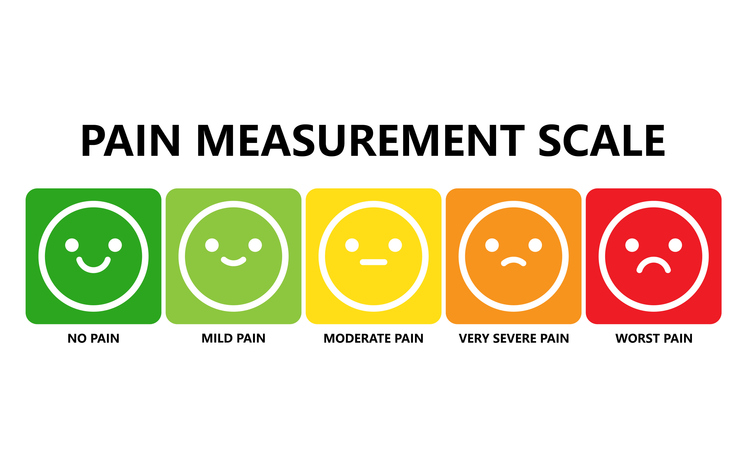Pain
Activity Patterns Scale (APS)

Researchers at the University of Málaga created the Activity Patterns Scale (APS) to assess the impact of chronic pain on daily activities. The APS is a self-report tool used to measure the impact of an individual’s chronic pain.
The APS measures three activity patterns: avoidance, persistence and pacing. These patterns are divided into eight subscales:
- Pain avoidance
- Activity avoidance
- Task-contingent persistence
- Excessive persistence
- Pain-contingent persistence
- Pacing to increase activity levels
- Pacing to conserve energy for valued activities
- Pacing to reduce pain
The scale consists of 24 items (three in each subscale). Each item is self-rated on a scale ranging from zero (not at all) to 4 (always).
The APS has proven to be a valid and reliable way to assess the relationship between activity patterns and chronic pain impacts. Studies show that high levels of persistence and low levels of avoidance on the APS reflect effective coping skills, whereas high levels of avoidance and low levels of persistence on the APS indicate increased levels of disability and diminished overall well-being.
For more information on the development of the Activity Patterns Scale, check out Clinical Pain Advisor. Additional sources used for the creation of this article include ProQuest and ScienceDirect.


















